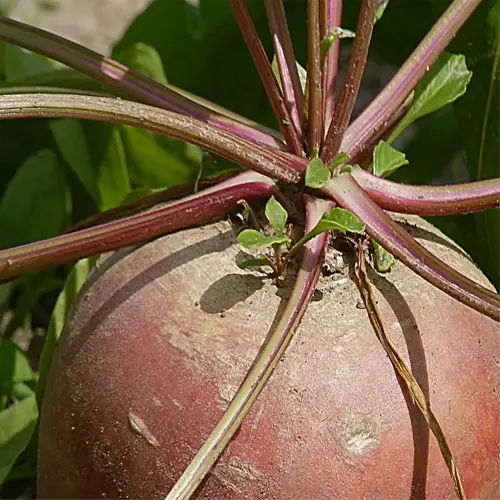What pests commonly attack walnut trees?

Written by
Liu Xiaohui
Reviewed by
Prof. Charles Hartman, Ph.D.Walnut trees are constantly under siege from several insects and diseases. My first season of growing walnuts ended when walnut husk flies destroyed nearly 40% of my crop. The larvae of these flies, which penetrate the developing nuts, produce distinctive black stains. Careful vigilance and timely treatment of the problem are the determining factors between a successful walnut orchard and a failed effort.
Walnut Husk Flies
- Identification: Yellow-striped adults emerge mid-July
- Damage: Maggot-filled husks, blackened shells
- Treatment: Apply spinosad every 10 days during egg-laying
Codling Moths
- Identification: Gray moths with copper wingtips
- Damage: Worm-filled kernels, premature nut drop
- Treatment: Install pheromone traps before bloom
Aphid Colonies
- Identification: Clusters under leaves with honeydew
- Damage: Curled foliage, sooty mold growth
- Treatment: Spray neem oil at dusk weekly
Root rot fungi thrive in soils that are waterlogged. I have lost three saplings in my clay-heavy plot before I put in French drains to improve drainage. Now I check for drainage by digging the holes 18 inches deep; if there is still water after 24 hours, I add gypsum along with coarse sand.
Preventative care is better than reactive care. I start using kaolin clay in June before the husk flies emerge. It reduces the number of egg-laying sites by 70% with a mineral barrier. I also plant companion tansy that repels moths while attracting parasitic wasps to attack moth larvae.
Read the full article: How to Grow Walnuts: 7 Essential Steps for Healthy Trees

